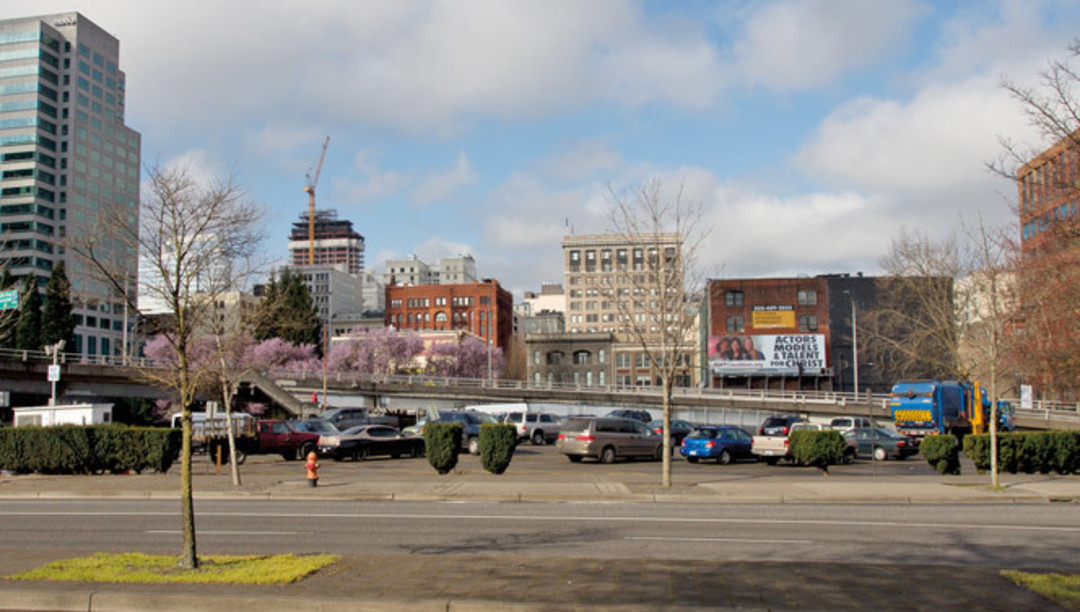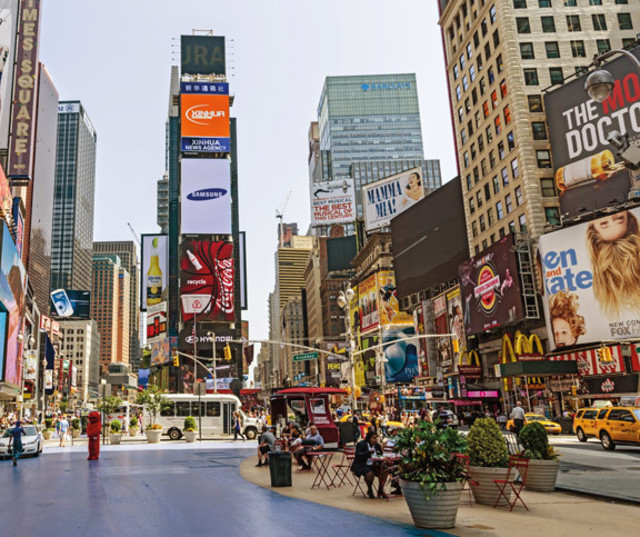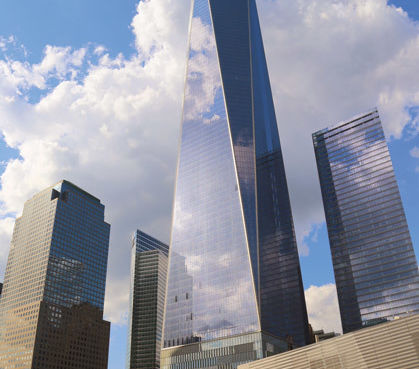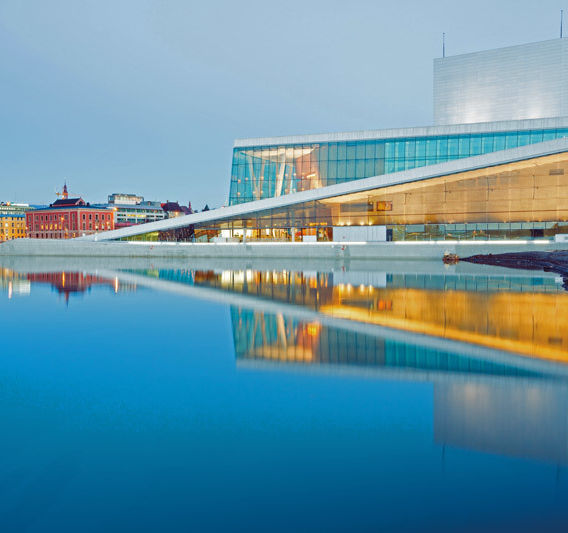The Genius Scandinavian Architects Making Portland’s Public Market

Future site of the James Beard Public Market.
Image: Michael Novak
The James Beard Public Market could be one of the highest-profile ideas for Portland’s future. But the site chosen by backers of the proposed local produce and food emporium is about as appealing as a parking lot under a highway bridge. Because that’s what it is.
Fifty thousand cars a day course over the proposed three-acre island of land at the west end of the Morrison Bridge. Busy Naito Parkway separates the parcel from Waterfront Park, while circling ramps cut it off from the rest of downtown. Ambitious and complicated, the proposed market would be split into two wings on either side of a high-rise, offering little direct, walk-by access prized by retailers.
But in November, the market project announced an alliance with the Oslo, Norway–based architecture and design firm Snøhetta to help untangle the concrete mess. This winter, a quartet from the firm’s design squad—renowned for a collective, team approach—made the rounds with city officials and held a public workshop with 300 foodies at OMSI. Former restaurateur Ron Paul, who has pushed for the public market for the past 15 years, says the firm will finalize market concept designs as soon as the city officials nod “yea” or “nay” on removing the on-and-off ramps and increasing the zoning height.
Meantime, Snøhetta has proven that culturally and physically tangled sites around the world can yield highly transformative results.

NEW YORK’S TIMES SQUARE
To a degree rare among globe-hopping architectural firms, the group is known for its extensive public outreach. The firm’s redesign of public spaces in Times Square promises to tame that space’s jumble of one-way streets, traffic islands, and bike lanes. The first, bold, never-before design move: add some seating.

THE NATIONAL SEPTEMBER 11 MEMORIAL MUSEUM AT THE WORLD TRADE CENTER
Snøhetta’s newly christened interpretive center for the events of September 11 garnered positive reviews as a gesture of calm, intimacy, and high craft amid the supersize environs of New York’s 9/11 Memorial, the new World Trade Center, and the PATH transit center.

THE OSLO OPERA HOUSE
The firm, an international collective, earned some of its first world renown with its 2008 design for a new opera house in the Norwegian capital, where it reconceived a building normally known for pomp into a tiered architectural landscape that has become one of Oslo’s most popular public spaces.



